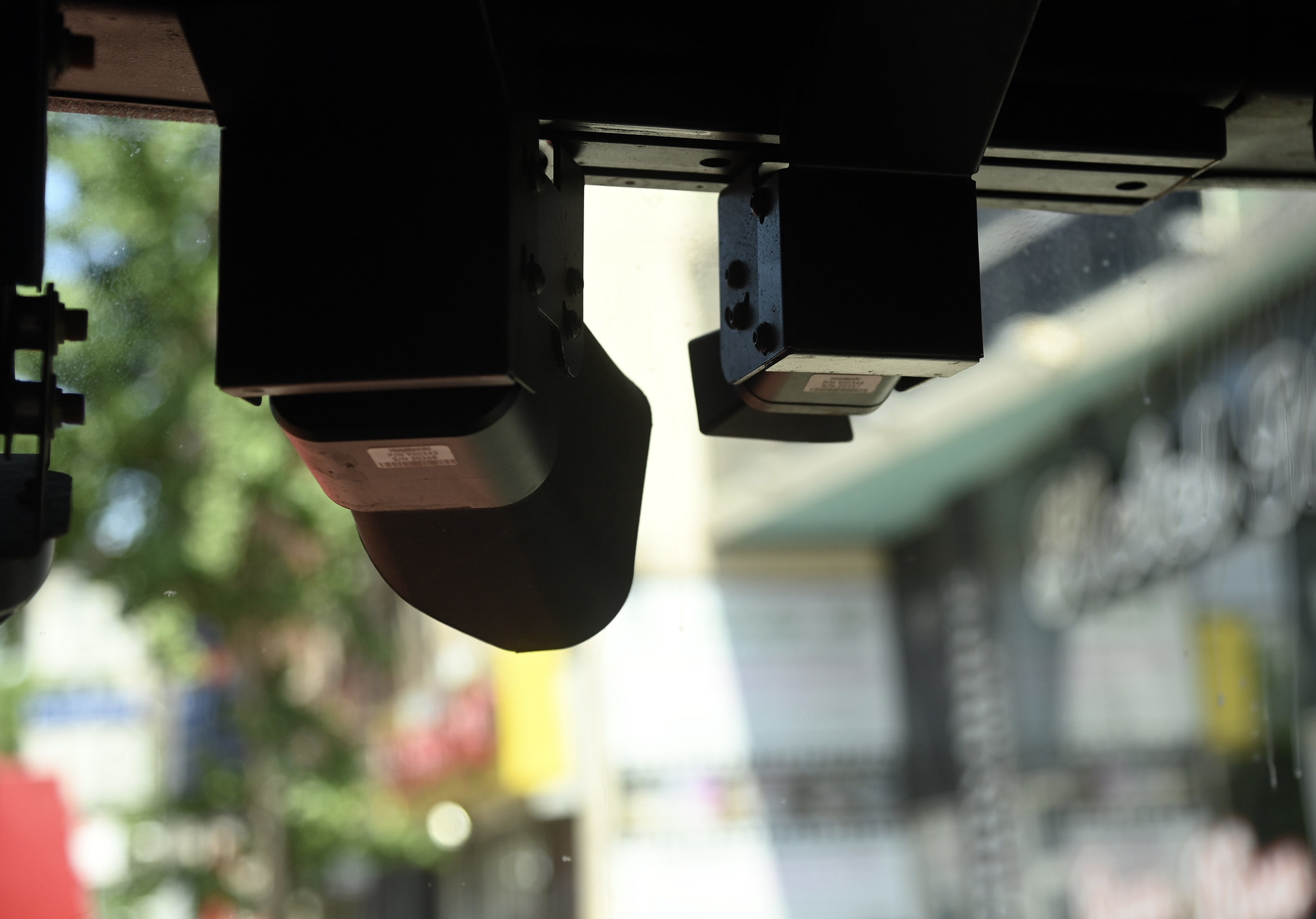- Automated cameras enforcing laws against drivers blocking bike and bus lanes will help keep those lanes clear and make bus service more reliable (Government Technology), and using AI alleviates some privacy concerns because the data isn't stored (Next City).
- Cities are using parking corrals, locking requirements and other measures to reduce the e-scooter clutter that's a frequent complaint about shared micro-mobility systems. (Smart Cities Dive)
- The Federal Highway Administration announced new rules to protect highway construction workers. (Transportation Today)
- Transportation for America explores why a Nashville transit referendum passed overwhelmingly this year when a similar measure failed in 2018: It delivered benefits to more neighborhoods and had a more diverse group of supporters.
- Washington state bucked the national trend by getting bluer this November, raising the possibility of more restrictions on greenhouse gas emissions in the future. (Spokesman-Review)
- San Francisco motorists can now be ticketed for parking within 20 feet of an intersection due to a new "daylighting" law aimed at keeping crosswalks clear of visual obstructions. (SFGATE)
- Cleveland is milling its streets to stop racing drivers from taking them over. (Jalopnik)
- Florida International University is getting a new metro rail station as part of a Miami-Dade transit project that recently received a $390 million federal grant. (Panther Now)
- Fort Worth is again considering streetcars as it continues experiencing explosive growth. (Report)
- Bikeshare's arrival in Montreal 15 years ago sparked an explosion in protected bike lanes. (CBC)
- Hundreds of Toronto cyclists took to the streets to protest the Doug Ford administration's proposal to tear them out and stop Ontario cities from building more. (Star)
- More than 100,000 college students in China rode bikes for 30 miles in the middle of the night on a quest for dumplings, prompting a government crackdown. (The Guardian)
Today's Headlines
Look Out Honey, Tuesday’s Headlines Are Using Technology
AI and automated cameras are helping cities to stop drivers from blocking bike and bus lanes.
Stay in touch
Sign up for our free newsletter
More from Streetsblog USA
Confirmed: Non-Driving Infrastructure Creates ‘Induced Demand,’ Too
Widening a highway to cure congestion is like losing weight by buying bigger pants — but thanks to the same principle of "induced demand," adding bike paths and train lines to cure climate actually works.
Friday’s Headlines Are Unsustainably Expensive
To paraphrase former New York City mayoral candidate Jimmy McMillan, the car payment is too damn high.
Talking Headways Podcast: Poster Sessions at Mpact in Portland
Young professionals discuss the work they’ve been doing including designing new transportation hubs, rethinking parking and improving buses.
Exploding Costs Could Doom One of America’s Greatest Highway Boondoggles
The Interstate Bridge Replacement Project and highway expansion between Oregon and Washington was already a boondoggle. Then the costs ballooned to $17.7 billion.
Mayor Bowser Blasts U.S. DOT Talk of Eliminating Enforcement Cameras in DC
The federal Department of Transportation is exploring how to dismantle the 26-year-old enforcement camera system in Washington, D.C.
Thursday’s Headlines Are Making Progress
By Yonah Freemark's count, 19 North American transit projects opened last year, with another 19 coming in 2026.






